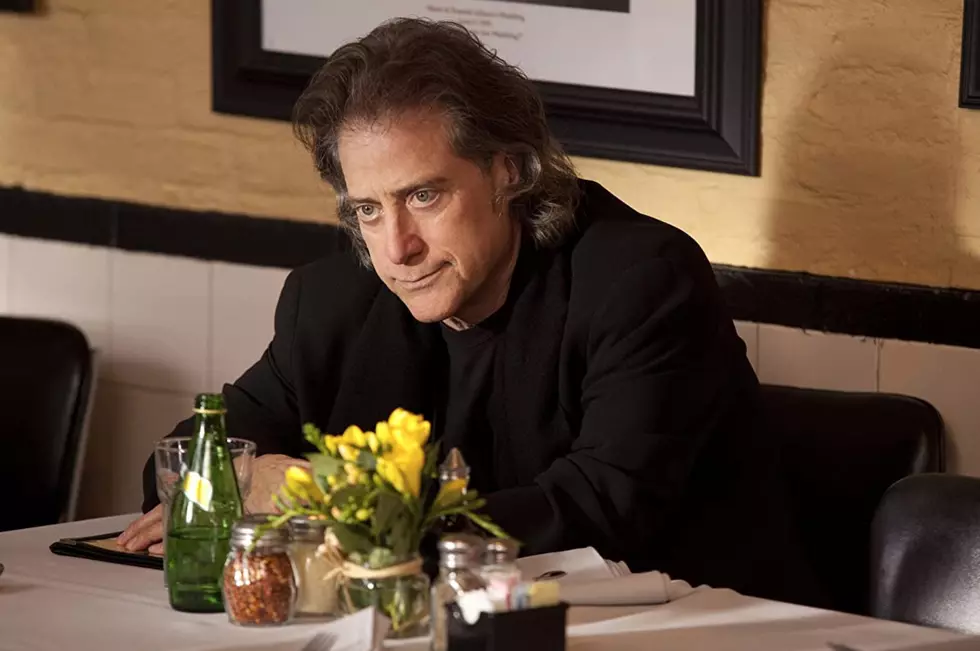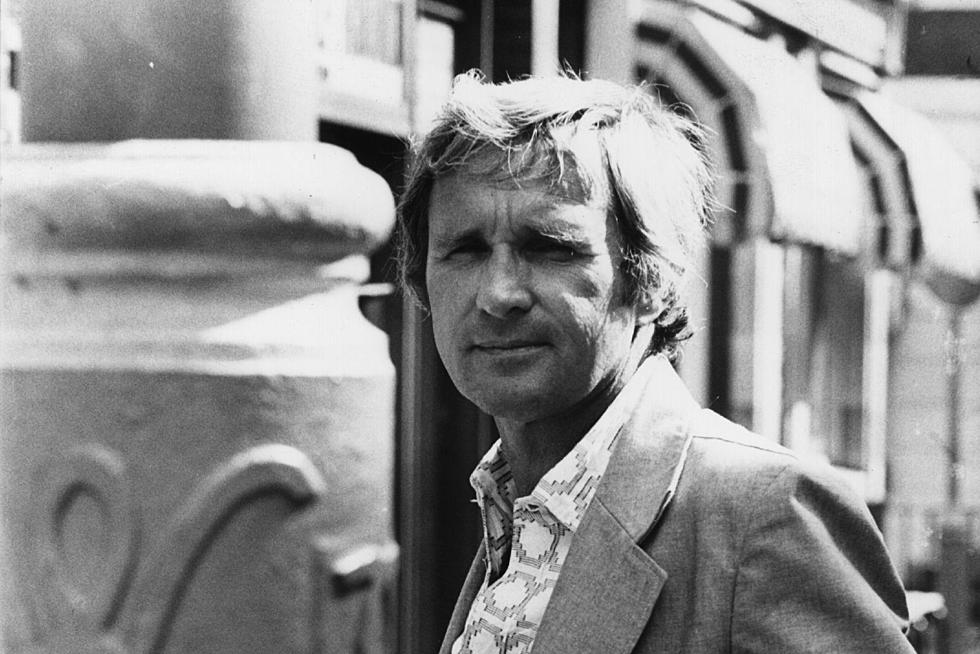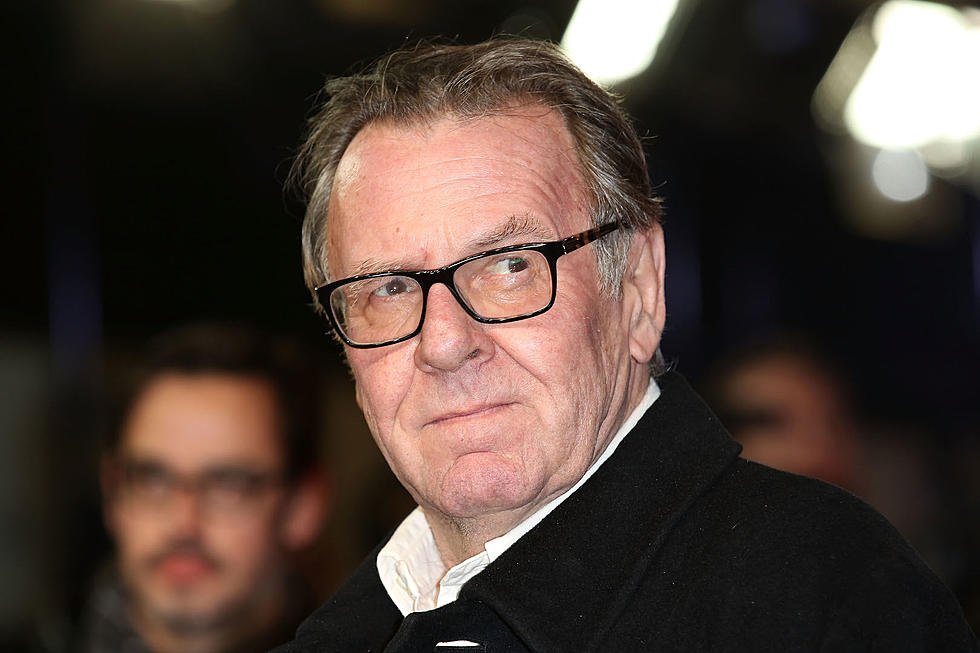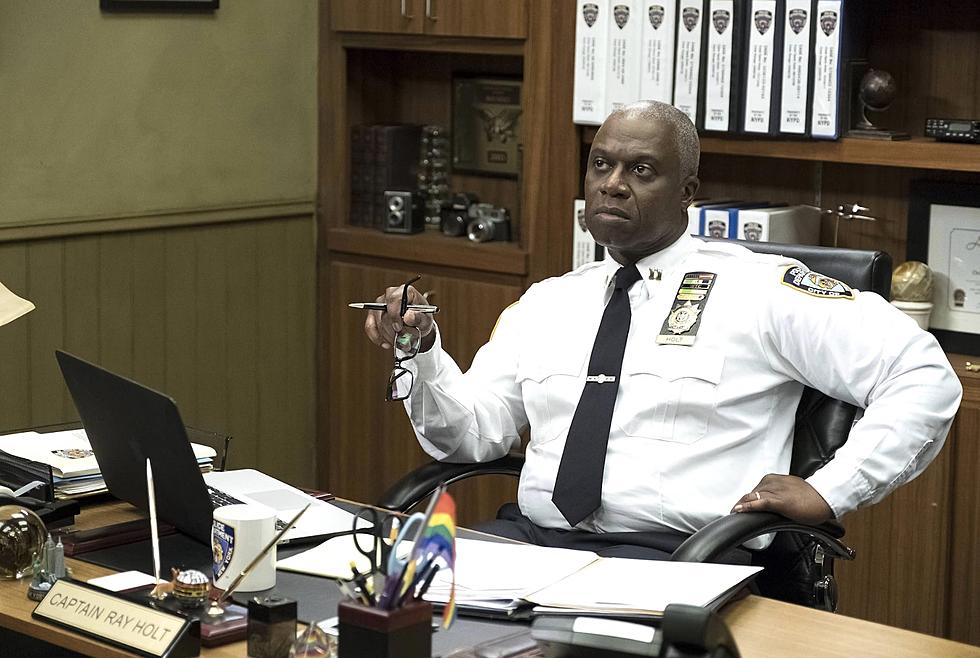
Hugh Hefner, Playboy’s Impresario of Pleasure, Dies at 91
Hugh Hefner described himself in a lot of different ways, many of them unfit for reproduction on these family-friendly pages, but he was at heart a businessman. He was a magazine publisher/writer/editor, a film financier, a TV producer, and the proprietor of the notorious ongoing bacchanal known as the Playboy Mansion. What he really did, however, was sell the American people on pleasure. That most often took the form of sex, the bedrock on which Hefner constructed the vast empire of Playboy, but the magazine was always oriented around luxury in a deeper sense. Hefner knew you could gape wide-eyed at naked girls for a nickel anywhere Tijuana bibles are sold — he set himself apart by undressing the likes of Marilyn Monroe.
Hugh Hefner died last night at the age of 91 in his beloved Playboy Mansion outside of Beverly Hills, CA. He leaves behind a complicated and difficult legacy; the glossy magazine profiles portray him as a libertine who unlaced our Puritan prudence a bit to push the boundaries of what America considered acceptable, while the accounts from women in his employ paint a portrait of a demanding, controlling father figure. There’s truth to both.
Born to a pair of Chicago schoolteachers in 1926, Hefner got his start writing following an assignment with the U.S. Army newspaper during World War II. After returning home, Hefner completed college and landed a copywriting gig for Esquire, but was not stimulated by the work and soon left to forge his own path. The first issue of Playboy made a splash in 1953 with a spread from Marilyn Monroe’s nude calendar shoot, and moved a respectable 50,000 copies. Flesh would remain the magazine’s bread and butter for years to come, but Hefner supplemented the skin with longform journalism and fiction writing that often had a progressivist bent. (Hefner, a longtime advocate of LGBTQ rights, ran one controversial story that fantasized about a world of compulsory homosexuality in which heteros were persecuted for their perversions. It wasn’tt subtle, but for 1955, it was pretty bold.)
Hefner expanded the Playboy sphere of influence with a pair of TV shows a decade apart. Both Playboy’s Penthouse (1959-1960) and Playboy After Dark (1969-1970) molded the variety show format to fit Hefner’s hedonistic tastes, shooting each episode like a guest-packed party at the Mansion. Featuring performances from the Grateful Dead, Fleetwood Mac, and Ike & Tina Turner, they were the sleaziest bastions of culture around — a far cry from the May-December discomfort of the 2009 reality show The Girls Next Door.
Hefner’s reputation, never in sterling shape to begin with, grew more compromised with time as more women spoke out against him and his demeaning behaviors. The tell-all memoirs from various disgruntled former Playmates contain some truly troubling material, angling to expose the darker side of the self-styled bon vivant. The complex conversation over whether pornography demeans or empowers will most likely continue on into perpetuity, but Hefner’s most off-color sins are a bit more cut-and-dried.
Later in life, Hefner financed a documentary about silent film starlet Clara Bow, one of the precursors to the playmates. In an interview with Variety about the project, Hefner said, “Nobody had what Clara had. She defined her era and made a mark on the nation.” He’ll be remembered as a product of his time, having ushered sex into the cultural mainstream, for better or for worse. But there‘s no denying that few men to have ever lived can match Hefner’s obsession with women.
More From ScreenCrush









